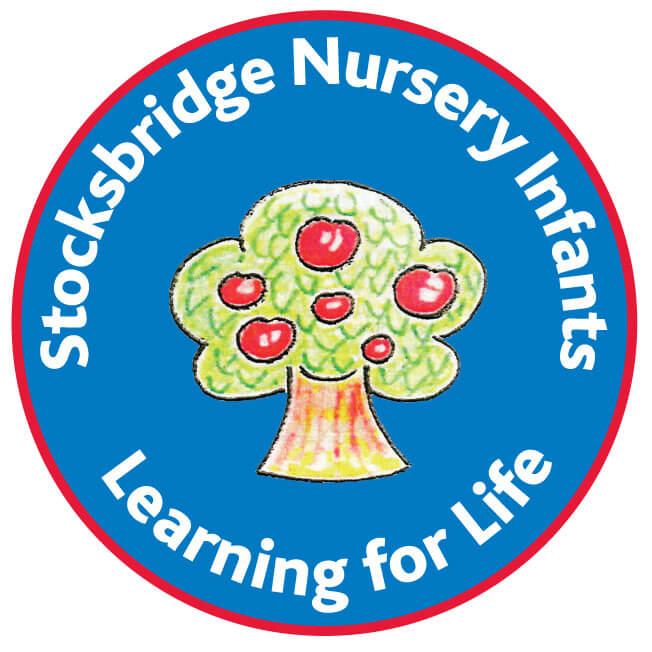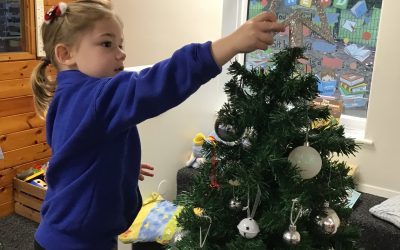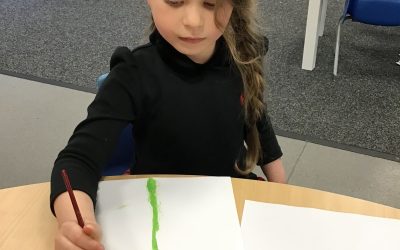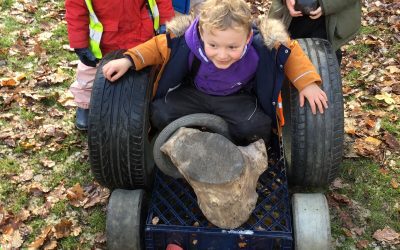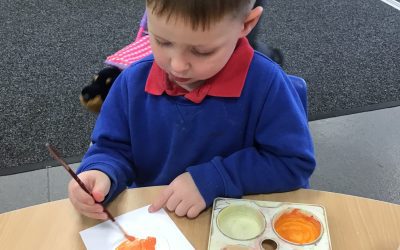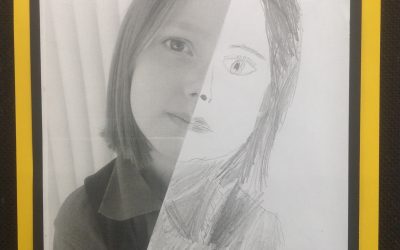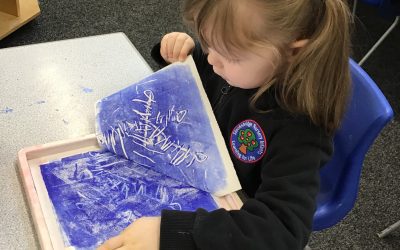‘Learning for Life.’
Art
Statement of Intent and Implementation
Foundation Stage
Over Foundation Stage (FS), in art, the children will:
- Use a range of materials creatively to design and make products
- Draw, paint, sculpt and use digital media
By the end of FS, a child who is attaining typically will be able to:
- Use a wide range of drawing materials to create pieces of art
- Use a range of equipment to apply paint including brushes, roller, sponges as well as natural materials.
- Mix primary colours to make secondary colours. Know that colours can be mixed using other resources.
- Create collages using a range of materials that are cut, torn or glued.
- Create sculptures using a range of materials by rolling, cutting, moulding, carving and bending
- Take rubbings and print with a variety of objects.
- Create repeating, symmetrical and irregular patterns.
- Create simple art through weaving.
By the end of KS1 a child attaining typically will be able to understand and use the following vocabulary:
dark – light – texture – pale – mould – printing – secondary – bright – shape – carve – primary
Curriculum overview
Key Stage One
Over Key Stage (KS1), in art, the children will:
- Use a range of materials creatively to design and make products
- Draw, paint, sculpt and use digital media
- Improve their artwork following feedback
- Learn about the work of a wide range of artists, craft makers and designers.
By the end of KS1, a child who is attaining typically will be able to:
- Use a variety of drawing tools to explore texture, shadow, light and dark.
- Use sketch books to records patterns and use thick and thin brushes.
- Mix primary colours to make secondary (Y1) and tertiary colours (Y2) and be able to change the tone of a colour by adding black and white.
- Create collages using a range of materials that are cut, torn or glued.
- Create sculptures using a range of natural and manmade materials by rolling, cutting, moulding, carving, bending and manipulating.
- Print using objects by pressing, rolling or stamping mimicking print from the natural environment.
- Use textiles to weave and be able to use a simple running stitch.
By the end of KS1 a child attaining typically will be able to understand and use the following vocabulary:
line – form – tone – background – midground – sculputure – texture – warp and weft – secondary foreground – primary – tertiary
Blog
Christmas in Nursery 2025
St David’s Day
The children have been learning about St. David’s Day and know that he is the Patron Saint of Wales. They have enjoyed using maps to locate Wales and have made some Welsh flags. The children have also used the powder paints to paint daffodils, the national flower of...
Yorkshire Sculpture Park
As part of our Megastructure learning, we had a visit to the Yorkshire Sculpture Park. It was very cold and snowy, but absolutely beautiful. The sculptures were great and the children enjoyed looking at them and making their own .
Colour Mixing
The children in Class 8 have been practising using the powder paints and making different shades of orange. The children looked at the colour mixing charts displayed on the classroom walls to find out which two colours are needed to make orange.
Self portraits
Children have worked extremely hard to create these fantastic portraits.
Tile printing in Reception
In art, the children have been learning how to tile print with one colour.
